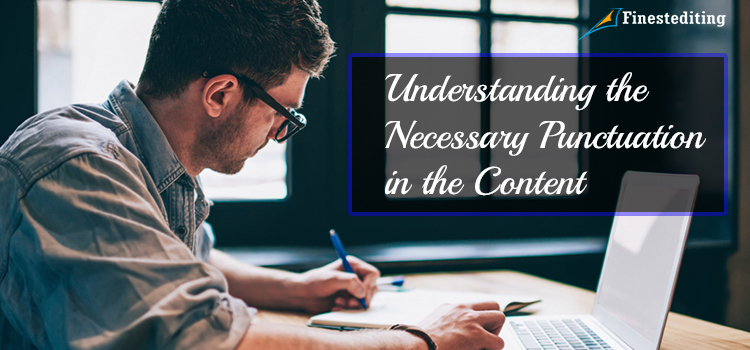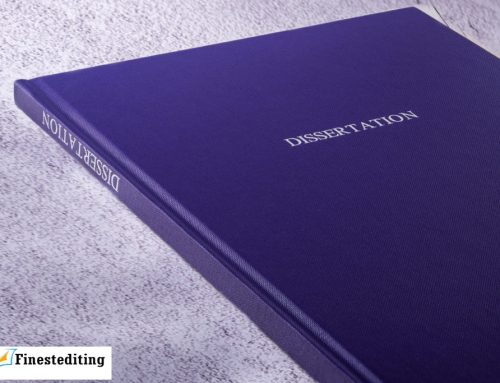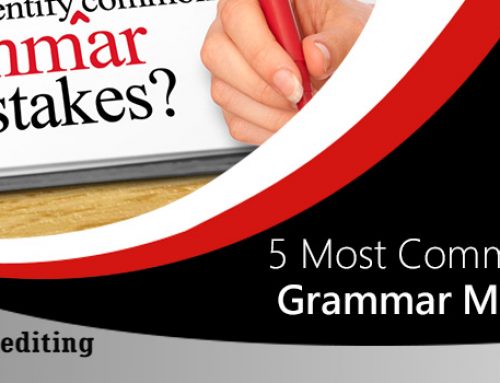Punctuation is an essential aspect of the English language. When writing English Editing Services, it can be tough to make sure that the sentence implies what you’re trying to say. When we speak English, we use our tones and pitch to give different meanings to the same sentence. Similarly, when we write, punctuations serve the same purpose and add distinct sense to the same sentences. You can put a full stop to end a sentence and add a question mark to make it into a question. People do not give punctuation the due importance and use them inappropriately.
Punctuation makes your writing flow smoothly. They add expression to your writing; imagine having to speak in a mono-tone and without anybody language whatsoever. There would be little to no meaning in whatever you say. These things are significant when you speak, so much so that all of our conversations are 70% body language. Punctuation can be called the body language of writing. You may think that a comma is useless or that a missing semicolon will make no difference, but you’re wrong. It makes a lot of difference. To explain this, here is a list of punctuation rules that add life to your writing.
Comma.
The comma is used for different purposes in the English language. It can be used to add a pause in your sentence. It will prevent your reader from racing through the sentence and misunderstanding the meaning. To avoid confusion, it is essential to add commas. You can use it to link up two sentences that are talking about the same idea.
Moreover, a comma is used to list things in a series. For example, Sarah went out to buy candies, milk, sugar and bread. If commas didn’t exist the sentences would’ve been very awkward. Imagine it like Sarah went out to purchase candies milk sugar and bread. This can be a mouthful when readers try to read it. All the items will be mixed; for example, there is no comma between milk and sugar so people might wonder that there is something called ‘milk sugar’ that Sarah went out to buy. This can lead to miscommunication and will make your text very confusing for the reader. Thus the usage of the comma is significant to make sense of sentences.
Semicolons.
Semicolons are usually misunderstood by the majority of people, because of this they either use it inappropriately or don’t use it at all. It is often confused as the comma, but there is a big difference. A comma links things together and mostly independent clauses. A semicolon tells the audience that even though the sentence is complete, there is more information that you should know. If you remove the semicolon and the sentence after it, the first sentence would still make sense. It shows that the writer could have ended the sentence here but chose not to. Semicolons slow you down further and make you wait for the additional information coming your way. You can even use it to avoid complicating lists. For example, Sarah went out to buy candy, milk, sugar, bread and; pencils. This differentiates two groups, eatables and stationery items.
Periods/ Full stop
It is the most commonly used punctuation. It tells the reader that the sentence has come to complete stop. It is the most important punctuation, with it we can end the sentence and start a new one. If full stops didn’t exist at all, our writings would have just been a continuous passage of different words all jumbled together. There would have been no meaning, and it would have been tough to understand what the writer is trying to say. It is also a great tool to make your readers breath and get back their attention. Reading continuously without any break may make the reader lose focus and get lost in the sea of words. Full stops give them a breather, and you can get time to make meaning of the sentence you’ve read before. Full stops serve other functions too. They are used when writing initials. Such as U.K (United Kingdom) and the U.S (United States). They are also used to mark abbreviations such as p.m. post meridian and a.m. antemeridian.
Colon
The colon can be used in a similar way a semicolon is used. The primary purpose of a colon is to show that a list is going to begin. It represents that the sentence and the oncoming list are interlinked. When used in-between clauses it says that there is more information on the same idea. Or that it is a detailed explanation of the first clause.
Apostrophes
Arguably so, apostrophes are the most misused punctuation marks. They serve many different functions, such as:
• Indicating possession. Apostrophes are used to show what belongs to whom. They are used with names, such as Harry’s or Jack’s. With names ending with‘s,’ the apostrophe is used after the‘s’ for example Harris’ or Denis’.
• The apostrophe is also used to indicate contractions. Contractions are the short forms of two words joined together that are mostly pronouns and noun. For example, you’ll (You + Will) hasn’t (Has + Not) and many more.
People often believe that adding an apostrophe will make a word plural, but that is not the case, and it is a misconception.
Hyphens
Hyphens are used to join two or more words to make meaning. For example, mother-in-law. Mother and law are combined to form a new word that means the mother of your spouse. They can also be used to make compound adjectives, verbs and nouns. Such as sugar-free or white-board. One important rule that you should know is that you do not use a hyphen when you are using a phrasal verb. Only use a hyphen when that phrasal verb turns into a noun.
Quotation marks
Quotation marks are used to quote sayings of people, dialogue and even if a text from another source is being used. If there were no quotation marks, it would have become complicated to use meaningful sayings or show a conversation. It would have caused a lot of difficulty to the writers as everything would have been confused. Quotation marks are also used to highlight something; for example, an important word that is being discussed. There no rules set regarding the usage of single inverted commas or double commas, but it is essential to use the same type throughout the text.
Question mark
This is also one of the most important punctuation in the English language. It indicates that a question being asked. Had there been no question marks, it would have been very confusing. People wouldn’t know when or what question is being asked. The question mark can change the meaning of a sentence entirely.
Punctuations are a big part of the English language and if used properly, can change your writing game. Learn to use punctuations by the rules given above, and you’ll be able to prove yourself as a successful writer.








Leave A Comment